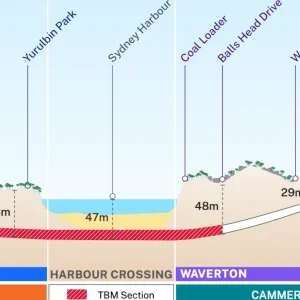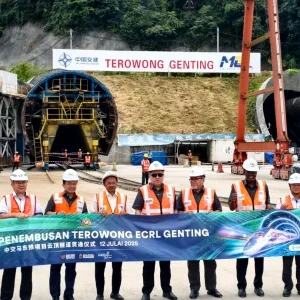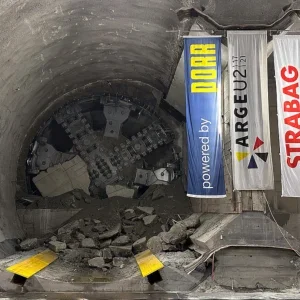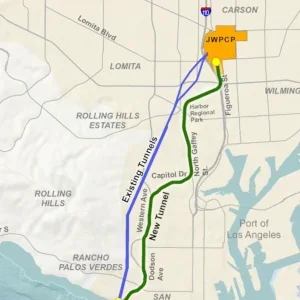The development of the KVMRT 2, slightly longer than the KVMRT 1, connecting Sungai Buloh, Serdang and Putrajaya, is expected to be formally announced in July.
Analysts, following a briefing session with Gamuda’s top management on 13 May 2013, were generally upbeat on the Gamuda-MMC joint venture being the likely frontrunner to bag the tunnelling works as well as the PDP role of the KVMRT 2.
Maybank Investment Bank (Maybank IB) analyst Wong Chew Hann said that the progress of the KVMRT 2 had strengthened its upbeat view of Gamuda, which stood to be the main beneficiary of the project.
"Gamuda believes that MMC-Gamuda JV would bag the tunnelling works expected to be worth around RM8 billion and the PDP role, expected to be worth MYR 1bn (USD 320M), given its project management experience and construction expertise.
"In addition, comments on MMC-Gamuda’s performance as a PDP have been positive so far.
"The civil works for KVMRT 2, expected to commence in mid-2015, would replenish Gamuda’s order-book post-completion of the KVMRT 1," he said.
Wong added that Gamuda was also bidding for the high-speed rail project with a strong foreign partner, whose identity would be announced soon.
CIMB Research analyst Sharizan Rosely, meanwhile, said the Cabinet approval for the KVMRT 2 was expected by 13 July and that it would take one to two years before works began.
"The KVMRT 2 is now designated as the Sungai Buloh-Serdang-Putrajaya line, spanning 56km, 10 per cent longer than the Sungai Buloh-Kajang or KVMRT 1 line.
"The estimated cost is MYR 24.9bn or 12 per cent higher than the KVMRT 1 line. Management appears more upbeat on its chances for the KVMRT 2," he said.
Sharizan said KVMRT 2 would serve densely populated and lower-income neighbourhoods such as Damansara Damai, Kepong, Kampung Pandan, the planned Tun Razak Exchange and Serdang before terminating in Putrajaya.
"From the point of project approval, it would take one to two years before work on the KVMRT 2 line can commence.
"This is to allow for the freeing up of capacity for existing KVMRT 1 line contractors, who are likely to tender and make way for other stages such as detailed design, land acquisition, public feedback, prequalification rounds, tenders and awards to take place.
"This staggered project schedule would avoid the overlapping of project works with the KVMRT 1 line and optimise the usage of existing machinery," he pointed out.







